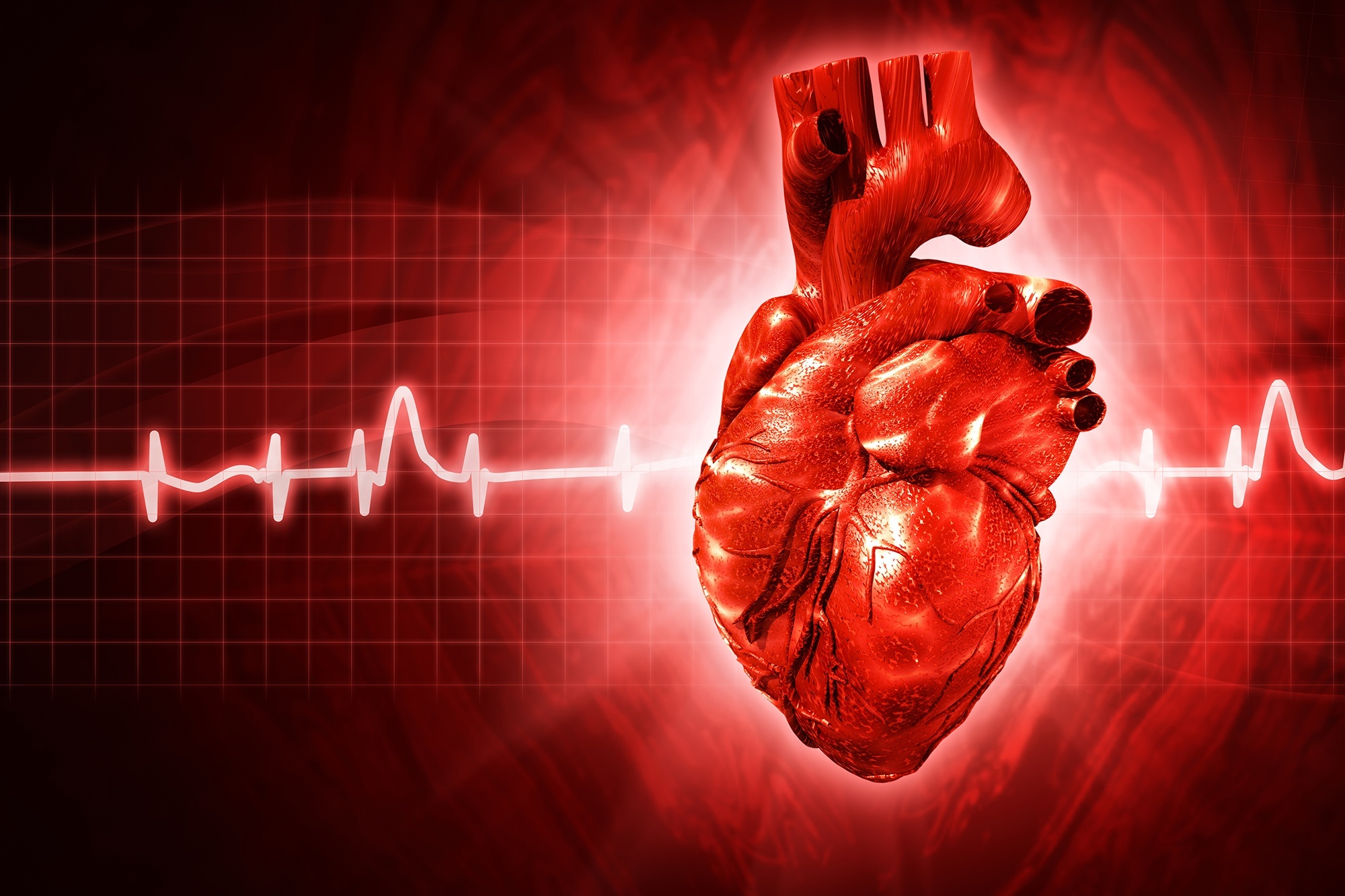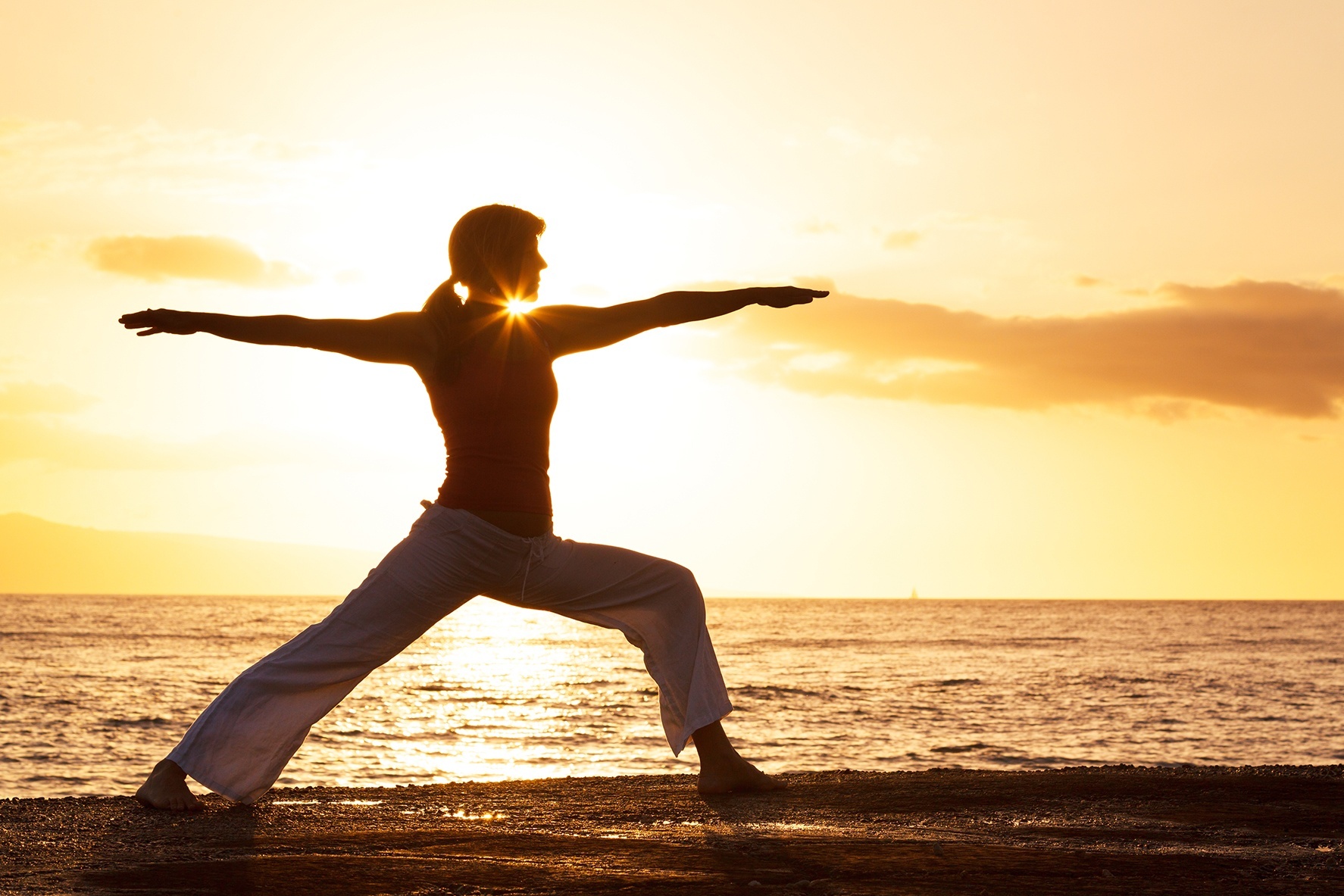
STRATEGIES TO REVERSE CORONARY ARTERY DISEASE
February 4, 2016
MY AFFIDAVIT
March 15, 2016REVERSAL OF EARLY ATHEROSCLEROSIS IN METABOLIC SYNDROME BY YOGA ? A RANDOMIZED CONTROLLED TRIAL
Metabolic syndrome (MetS), a clustering of risk factors is highly prevalent throughout the world especially in South Asians [1] and is a strong risk factor for Coronary Heart Disease (CHD) and type 2 Diabetes Mellitus (DM) [1–3]. The definition of metabolic syndrome as modified for the south Asians is by the following criteria [2].
1. Central Obesity (defined as waist circumference = 90 cms for males and = 80 cms forfemales)
2. Raised triglyceride level = 150 mg/dL.
3. Reduced HDL<40 mg in males and <50 mg in females
4. Raised blood pressure systolic blood pressure = 130 mmHg and diastolic blood pressure = 85 mmHg and
5. Raised fasting plasma glucose = 100 mg/dL.
Three out of five criteria have to be present to define the metabolic syndrome.
Though lifestyle modifications like physical activity, diet and weight reduction have been shown to be beneficial in MetS, the effects of yoga, a mind body technique have not been adequately studied. Yoga is a holistic lifestyle and includes not only physical postures (asanas), breathing exercises (Pranayamas), meditation but also emphasizes on vegetarian diet, tobacco cessation and stress control. Yoga has been reported to be beneficial for control of risk factors of CHD (like hypertension, diabetes, obesity, lipids and stress) [4–6], regression of advanced coronary atherosclerosis [7–9] and secondary prevention of CHD [10]. The objective of the present study was to determine whether yoga can regress the progression of early atherosclerosis in MetS [11].
Materials and Methods
One hundred consecutive apparently healthy individuals of either sex and diagnosed as MetS by modified criteria for south Asians [2] were included in this prospective randomized controlled trial. Patients in the control group (n=50) were prescribed the conventional lifestyle modifications (exercise, diet, smoking cessation) while the yoga group (n=50) were prescribed yogic exercises, in addition as described below. The patients were selected from the Executive Health Checkup of Sir Ganga Ram Hospital and a written informed consent was taken. The project was cleared by the Ethical committee of the institution. At baseline detailed clinical assessment, biochemical profile and cIMT measurements were performed by B mode ultrasound utilizing the standard methodology [9]. The patients were followed up for 1 year with repeated assessments. At the end of one year, they again underwent detailed clinical examination, biochemical tests and cIMT measurement by the same methodology. The baseline characteristics of the two groups did not differ significantly (Table 1) except for slightly high Systolic Blood Pressure (SBP) in the yoga group.
Yogic Exercises
After inclusion in the yoga group, patients underwenttraining in various yogic exercises by a trained yoga instructor for one week after which they were instructed to continue these practices daily for about 60 min daily. The yogic practices that were followed in the study have been reported by us earlier [8] and were as follows:
1. Health rejuvenating exercises–these exercises are aimed mainly at improving the general tone and flexibility of various parts of the body. These were also performed during warming up and to prepare for the next step, i.e. the Asanas.
2. Breathing exercises (Pranayamas) (Anulom Vilom–alternate nose breathing, Nadi Shodhana pranayam).
3. Asanas: these are the yogic postures and exercises mainly aimed at stretch relaxation. A number of asanas were taught including Surya Namaskar, Tadasana, Padahastasana, Vajrasana, Shasankasana, Ardha-matsyendrasana, Paschimottanasana, Bhujangasana, Dhanush ban asana, Shalabhasana, Uttanpadasana, Merudandasana, Pawanmuktasana, Sarvangasana, Matsyasana, Ardha matsyasana. The details of these asanas can be found in standard texts on yogic exercises.
4. Relaxation exercises (Kayotsarg or Corpse Posture) – A method of complete relaxation and preparation of body and mind for meditation. The literal meaning of Kayotsarg is to drop the body. In practice it is the conscious suspension of all gross movements of the body. As a result the muscles relax and the person becomes as restful as in sleep.
5. Preksha Dhyana – Preksha means perception and Dhyana means concentration. Preksha Dhyana is performed in the sitting position and the person first relaxes the body using Kayotsarg. Then he concentrates on the breath and gradually reduces the rate of breathing from 15-17/minute to 10-12/minute. With practice, the rate may be reduced even to 4-6/minute. By concentrating on the breath, the mental activity is controlled and the mind is prevented from being distracted.
In addition, they were advised to follow a low fat vegetarian diet, do moderate aerobic exercises and stop tobacco use.
Patients visited the yoga centre every month for monitoring and evaluation. The compliance as reported by the patients themselves was recorded. The compliance was defined as the percentage of total yogic exercises done at least five days a week.
Results
81 patients (43 controls and 34 in the yoga group) completed the study for one year. 19 patients were lost to follow up mostly because of inability to continue to study due to personal reasons. The compliance of the patients as reported by them in the yoga group was 75 ± 12%.
There was a significant reduction in BMI, WC, LDL, Tg, FBS, HbA1C, SBP and DBP and increase in HDL in both the groups (Table 2), but when compared with control, yoga group had a significant greater decrease in BMI, WC, LDL and SBP levels and increase in HDL. The cIMT decreased significantly in the yoga group whereas there was no significant change in cIMT in the control group. Univariate analysis of change in metabolic variables and change in cIMT in the study group showed that the reduction in waist circumference and HbA1C change correlated significantly with reduction in cIMT at the end of follow up.
Discussion
Our results on chemical and biochemical parameters of metabolic change are consistent with other studies of the effect of yoga/meditation in MetS [12–15]. Khatri et al. [12] reported in a randomized trial those 3 months yogic therapy resulted in a significant improvement in WC, SBP, DBP, fasting blood sugar, HbA1C, serum triglycerides and increase in HDL level. This study however included patient withknown type II DM. Paul-Labrador et al. [15] reported that 16 weeks of practice of transcendental meditation (TM) led to a significant reduction in insulin resistance which is considered as the basisof metabolic syndrome.
Our study also shows that the early atherosclerosis (which is often present in MetS) as assessed by cIMT is significantly reduced by 1 year practice of yoga as compared to controls (Figure 1). cIMT has been considered to be a surrogate marker for CHD [16], suggesting that yoga may help in reversal of early coronary heart disease. Another small
pilot trial in high risk older subjects demonstrated that after 9 months of multimodality natural medicine program including TM. cIMT was significantly reduced [17]. Three other randomized studies utilizing coronary angiography in patients with advanced CHD have also shown a regression of obstructive atherosclerotic lesions by yoga/meditation [7–9].
The mechanisms underlying the regression of early atherosclerosis in MetS by yoga are not clear from our study. Control of several risk factors like hypertension, type II DM lipids [4–10]. Reversal or preventive effects of both psychosocial and oxidative stress and reduction of inflammation [18–21] may be contributing factors. Further studies are needed to delineate the exact mechanisms.
Our study has several limitations. Relatively small number of patients has been studied and there have been 19% dropouts. By the nature of interventions involved, the study could not be blinded, hence a placebo effect of yoga intervention could not be excluded. The compliance of yoga practices was reported by patients themselves and not directly observed by the investigators. However despite these limitations, outcome variables in the two groups are significantly different and are likely to be clinically important.
Conclusion
On the basis of this randomized controlled trial, we conclude that addition of yoga to the conventional therapy in patients with MetS resulted in a significant reduction of early atherosclerosis as assessed by cIMT. In addition, yoga has additional significant effect on lipids, BMI and blood pressure. Yoga may be a cost effective technique to target multiple risk factors for heart disease and type II DM prevention. Though larger trials are required, it is suggested that yoga may be incorporated in the therapeutic lifestyle modifications for metabolic syndrome as well as CHD and type II DM.
References
Misra A, Vikram NK (2002) Insulin resistance syndrome (metabolic syndrome) and Asian Indians. Curr Sci 83: 1483-1496.
Enas EA, Mohan V, Deepa M, Farooq S, Pazhoor S, et al. (2007) The metabolic syndrome and dyslipidemia among Asian Indians: a population with high rates of diabetes and premature coronary artery disease. J Cardiometab Syndr 2: 267-275
Ford ES (2005) Risks for all-cause mortality, cardiovascular disease, and diabetes associated with the metabolic syndrome: a summary of the evidence. Diabetes Care 28: 1769-1778.
Schmidt T, Wijga A, Von Zur Mühlen A, Brabant G, Wagner TO (1997) Changes in cardiovascular risk factors and hormones during a comprehensive residential three month kriya yoga training and vegetarian nutrition. Acta Physiol Scand Suppl 640: 158-162.
Mahajan AS, Reddy KS, Sachdeva U (1999) Lipid profile of coronary risk subjects following yogic lifestyle intervention. Indian Heart J 51: 37-40.
Bijlani RL, Vempati RP, Yadav RK, Ray RB, Gupta V, et al. (2005) A brief but comprehensive lifestyle education program based on yoga reduces risk factors for cardiovascular disease and diabetes mellitus. J Altern Complement Med 11: 267-274.
Ornish D, Brown SE, Scherwitz LW, Billings JH, Armstrong WT, et al. (1990) Can lifestyle changes reverse coronary heart disease? The Lifestyle Heart Trial. Lancet 336: 129-133.
Manchanda SC, Narang R, Reddy KS, Sachdeva U, Prabhakaran D, et al. (2000) Retardation of coronary atherosclerosis with yoga lifestyle intervention. J Assoc Physicians India 48: 687-694.
Gupta SK, Sawhney RC, Rai L, Chavan VD, Dani S, et al. (2011) Regression of coronary atherosclerosis through healthy lifestyle in coronary artery disease patients–Mount Abu Open Heart Trial. Indian Heart J 63: 461-469.
Schneider RH, Grim CE, Rainforth MV, Kotchen T, Nidich SI, et al. (2012) Stress reduction in the secondary prevention of cardiovascular disease: randomized, controlled trial of transcendental meditation and health education in Blacks. Circ Cardiovasc Qual Outcomes 5: 750-758.
Riley WA, Barnes RW, Applegate WB, Dempsey R, Hartwell T, et al. (1992) Reproducibility of noninvasive ultrasonic measurement of carotid atherosclerosis. The Asymptomatic Carotid Artery Plaque Study. Stroke 23: 1062-1068.
Khatri D, Mathur KC, Gahlot S, Jain S, Agrawal RP (2007) Effects of yoga and meditation on clinical and biochemical parameters of metabolic syndrome. Diabetes Res Clin Pract 78: e9-e10.
Cohen BE, Chang AA, Grady D, Kanaya AM (2008) Restorative yoga in adults with metabolic syndrome: a randomized, controlled pilot trial. Metab Syndr Relat Disord 6: 223-229.
Innes KE, Bourguignon C, Taylor AG (2005) Risk indices associated with the insulin resistance syndrome, cardiovascular disease, and possible protection with yoga: a systematic review. J Am Board Fam Pract 18: 491-519.
Paul-Labrador M, Polk D, Dwyer JH, Velasquez I, Nidich S, et al. (2006) Effects of a randomized controlled trial of transcendental meditation on components of the metabolic syndrome in subjects with coronary heart disease. Arch Intern Med 166: 1218-1224.
Kuller LH, Shemanski L, Psaty BM, Borhani NO, Gardin J, et al. (1995) Subclinical disease as an independent risk factor for cardiovascular disease. Circulation 92: 720-726.
Fields JZ, Walton KG, Schneider RH, Nidich S, Pomerantz R, et al. (2002) Effect of a multimodality natural medicine program on carotid atherosclerosis in older subjects: a pilot trial of Maharishi Vedic Medicine. Am J Cardiol 89: 952-958.
Yadav RK, Ray RB, Vempati R, Bijlani RL (2005) Effect of a comprehensive yoga-based lifestyle modification program on lipid peroxidation. Indian J Physiol Pharmacol 49: 358-362.
Sinha S, Singh SN, Monga YP, Ray US (2007) Improvement of glutathione and total antioxidant status with yoga. J Altern Complement Med 13: 1085-1090.
Hartfiel N, Havenhand J, Khalsa SB, Clarke G, Krayer A (2011) The effectiveness of yoga for the improvement of well-being and resilience to stress in the workplace. Scand J Work Environ Health 37: 70-76.
Gordon LA, Morrison EY, McGrowder DA, Young R, Fraser YT, et al. (2008) Effect of exercise therapy on lipid profile and oxidative stress indicators in patients with type 2 diabetes. BMC Complement Altern Med 8: 21.


